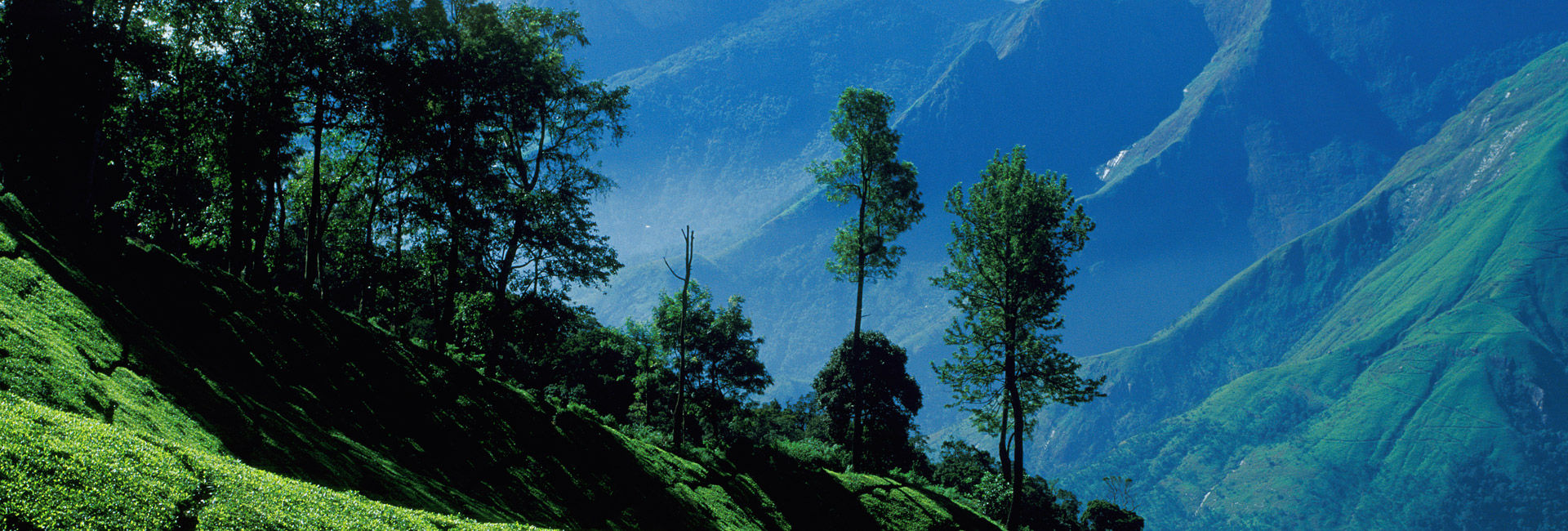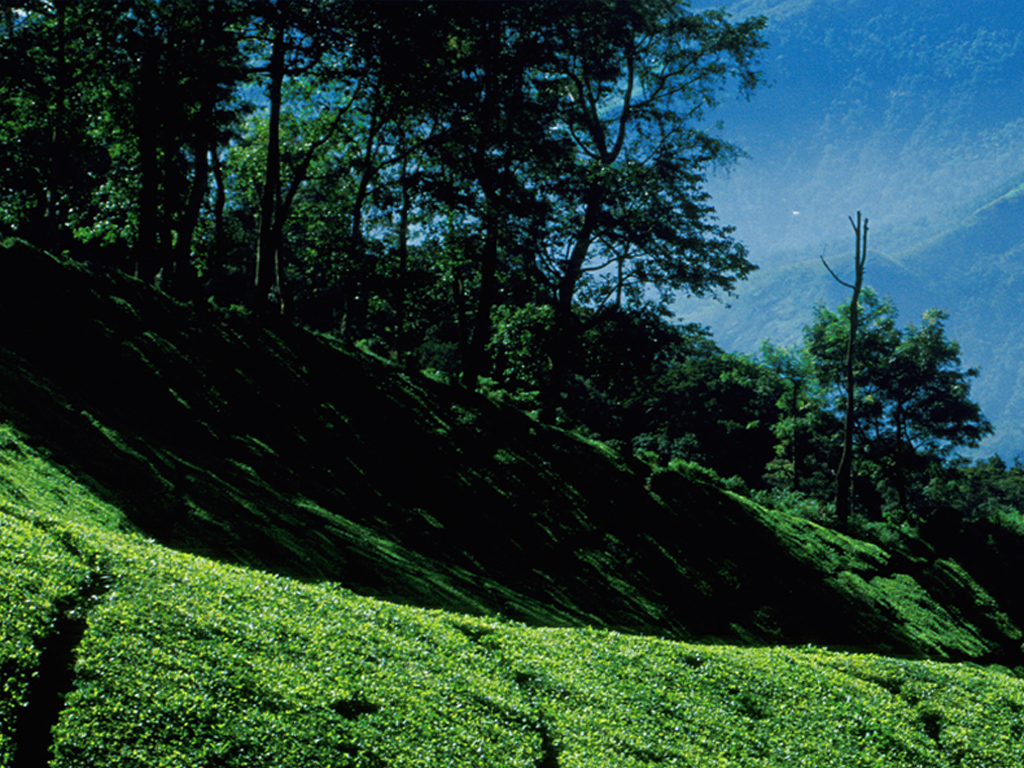Kundala Valley Railway
Behind the sprawling tea plantations of Munnar, lies an eventful story of some ambitious planters and the victory of their determination over challenges and adversities. There were ups and downs in the story and it wasn’t short of real downers. The Kundala Valley Railway, set up by the Kannan Devan Company for the transportation of tea, is one of them which was devastated in a deluge in 1924. Though stories of reconstruction are not rare in this hill country, this monorail goods carriage line was never rebuilt.
Munnar is one of the first places to have a railway line in the country. Ironically, the hill station and the Idukki the district to which it belongs do not have rail connection even today. Travellers to Munnar can even today see its scattered remains. The building that acted as the main railway station is today the regional office of Kannan Devan Hills Plantations Company Private Limited (KDHP) (formerly Tata Tea).
The beginningBy 1920s Tata Tea became a solely tea producing company with around 16 fully equipped factories. A major chunk of the produce was exported to UK via the Tuticorin port in the nearby State of Tamil Nadu. Quicker modes of transportation became inevitable and Mr. W. Mime, the then general manager of the company, set up a mono rail cart road connecting Munnar and Mattupetty with Top Station. Five-hundred bullocks were brought to the hill station and a veterinary surgeon and two assistants from England were assigned with the task of attending to the animals.
The goods carriage consisted of a simple platform running on a small wheel over the rail and a larger one pulled by bullocks. From Top Station, where the mono rail ends, tea was carried on ropeway to Kottagudi, which is also called the Bottom Station. From Bottom Station it was transported to the lower country and then to Tuticorin. The containers used for packing were ‘Imperial Chests’ imported from the UK.
In 1908, the monorail gave way to a light railway. Starting from the Munnar station, the service had two stations en route, at Mattupetty and Palaar, before ending the journey at Top Station.
In 1924, Munnar was hit by the worst flooding ever seen in the area. Besides causing extensive damages to plantations, roads and dwellings, the rains and the flood washed away the lifeline of Tata Tea, the Kundala Railway. The rail was virtually washed away in most parts making reconstruction unthinkable. Soon afterwards Tata Tea opted for ropeways for the transportation between Munnar and Top Station.
The remains of the railway and the ropeway still exist on the Kundala - Top Station route. Interested travellers can go on a trail into a significant past of Munnar which chugged out into oblivion. First among them is the main railway station building, which now serves as the regional office of Tata Tea. The platform in front of the building has been converted as a road. And you could have some unexpected sightings of the old rails like the one used as a support beam on the main gate.
Next on the trail is the Aluminum Bridge near the Munnar town. The bridge, originally set up for the railway track, has been converted as a road. However, one can spot its similarity to a railway bridge at the very first sight.
The Tea Museum in the Nallathanni Estate also has a memorabilia of the Kundala Railway. Displayed here is a rail engine wheel of the first and only railway in Munnar.
The ropeway station in Munnar, which was once a hub of activities, is today a quaint location. The building here which was the starting point of the ropeway is today the store of Tata Tea.
At Top Station, about 40 km away from Munnar town, the end point of the Kundala railway line, travellers can see the remains of the old railway station and the ropeway in the form of wheels, tracks, signboard etc.


 TATA Tea Museum
TATA Tea Museum